Corrective Action That Works: Discipline vs. Performance Issues
.png?width=820&name=Corrective%20Action%20(1).png)
I believe that…
· Employees are capable of excellence.
· Certain employee behaviors, which do not meet expectations can be improved upon by utilizing a SOLID corrective action process.
· Great leaders recognize individual genius in people, and they know how to ignite it!
· Great leaders must address poor behavior and performance at times to ignite this genius.
This are NOT easy tasks! Having a solid corrective action process, though, acts as a toolbox for leaders to hold team-members accountable and communicate expectations. High expectations mixed with clear communication and aligned accountability results in strong team-members, teams, and cultures.
Having the right principles, context, pathways, and tools is essential. Previously, I wrote that corrective action must have the right principles—benevolent, timely, accurate, specific, and honest. In addition, implementing corrective action must understand the proper context—severity of the offense, employee’s past performance record, employee’s length of service, and past practice dealing with similar infractions. Having the right principles and context is essential! In addition, implementing corrective action must have appropriate pathways. The pathways I will explore are discipline and performance.
The Disciplinary Pathway
The Disciplinary Pathway addresses issues such as behavior that is:
· Malicious
· Discriminatory
· Insubordinate
· Dishonest
· Jeopardizes the safety/security of the organization’s staff, clients, business relationships, and/or reputation
· Disruptive to the work environment or employee productivity
The Disciplinary Pathway has seven major Disciplinary Categories to consider:
· Attendance Infractions – Attendance infractions are violations of an organization’s policies or procedures related to attendance, absences, and/or tardiness. Such infractions are disruptive to the organization’s business interests and may threaten the well-being of the organization’s customers and/or reputation.
· Dishonesty – Dishonest behavior is harmful to the organization’s trusting relationships with the employee, and it often causes harm to the organization’s reputation and busines operations.
· Neglect of Responsibilities – This is seen when an employee fails to fulfill his/her duties in the job description and/or any code of conduct, or violates organizational policies or procedures, or jeopardizes safety and security of the organization’s team-members, customers, relationships, reputations, or business operations.
· Extreme Misconduct – This is a deliberate or intentional act that seriously jeopardizes the safety or security of the organization’s team or customers, harms the organization’s relationships, or poses a serious threat to the organization’s reputation and business interests.
· Pattern of Misconduct –When multiple infractions occur within a given time period, which violate established policies, procedures, or job requirements, a pattern has been developed. This can become disruptive to the organization at-large.
· Insubordination – Insubordination is an employee’s deliberate disregard or failure to comply with direct instructions from their manager or supervisor which is likely to pose a serious threat to organization’s productivity, work environment, and/or other critical aspects of business operations.
· Hostile Work Environment – An employee’s actions or behavior that cause significant disruption, inconvenience, or anxiety to other staff by creating a hostile work environment. These actions or behaviors represent a significant harm to the organization’s reputation, business operations, and business interests. Employee actions or behaviors which will most likely create a hostile work environment are actions or behaviors that are:
- Actions or behaviors that are antagonistic, aggressive, intimidating, or unfriendly; and/or
- Actions or behaviors that display bigotry, prejudice, bias, sexism, racism, or any other form of prohibited discrimination.
The Performance Pathway
The Performance Pathway addresses issues related to actual job performance.
· Ability to complete a task
· Providing customer service
· Meeting productivity expectations
· Meeting job demands as defined by the job description and supervisory directives
Addressing performance-related corrective actions are used to allow an employee the opportunity to improve unsatisfactory performance. The purpose of this Pathway is to notify employees of poor performance and encourage them correct their performance. Sometimes, it is a complete inability to do the job. Other times, it is an unwillingness to do it. Regardless, the goal is the same…provide feedback related to poor performance and help the employee to correct it.
The Value of a Strong Corrective Action Plan
Managing people with high-performance in mind is difficult, but it becomes easier when there is a process to correct poor behavior or performance. Great leaders know and practice this. If you want to see productivity, engagement, job satisfaction, retention of star performers improve, implement a solid corrective action plan. Great cultures address issues head-on in a way that makes high standards the norm.
If you missed the first post exploring Corrective Action that Works, check it out! We will continue this series in the coming weeks.
Need assistance with addressing short and long term HR needs for your business? Contact me at steve.black@brixeyandmeyer.com, and we will address them proactively.
Disclaimer: This blog is not legal advice, but merely informed opinion or general information meant for no particular purpose. Issues addressed in this blog often implicate federal, state, and local labor and employment laws. This blog is not intended as a substitute for legal advice. Readers should consult labor and employment counsel to determine whether their particular policies, procedures, decisions, or courses of action comply with such laws.

-2.png)